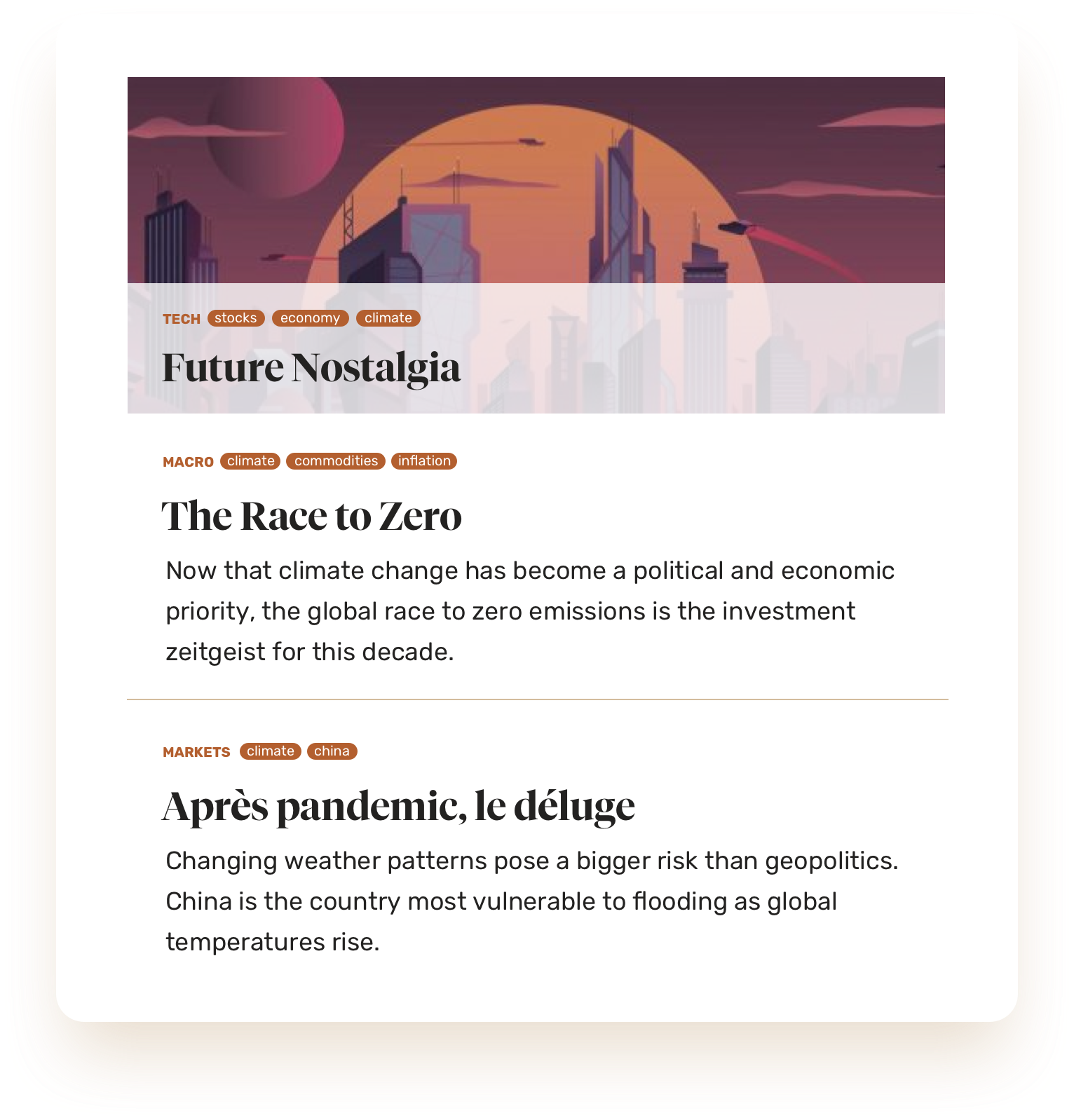Why bother investing anywhere other than the US stock market? The S&P 500 and Nasdaq have vastly outperformed global equities for more than a decade. Who wouldn’t want to own Apple, Amazon, Alphabet, Microsoft, Meta, Nvidia, and Tesla? Excitement about their exposure to AI has The Magnificent Seven soaring.
It seems so obvious, doesn’t it?
Remembering that this wasn’t always the case is crucial. Everyone wanted to stay away from the US after the housing bubble burst and losses on US subprime mortgages sparked a global financial crisis. Investors were shaken and anticipated poor returns.
There was little confidence in the Fed’s ability to steer the economy. In an open letter to then-Fed chair Ben Bernanke in 2010, economists and investors, including Cliff Asness, Paul Singer, Seth Klarman, James Grant, and Niall Ferguson argued that large-scale asset purchases should be discontinued because they “risk currency debasement and inflation” and wouldn’t achieve the Fed’s objective of promoting employment.
Then, on May 6, 2010, US stock markets suddenly imploded. At 2:32 p.m., $1 trillion in market value evaporated in the span of just thirty-six minutes. Blue-chip companies like P&G and General Electric instantly lost a third of their market value. Traders gasped as they frantically tried to understand what was happening.
Stocks recovered quickly, but the flash crash created concerns about the stability of US financial markets. “It’s like seeing cracks in a dam,” remarked James Angel, professor at the McDonough School of Business at Georgetown University. “One day, I don’t know when, there will be another earthquake.”
Swollen budget deficits and a forty-year-high unemployment rate handed congressional Republicans their biggest win in over sixty years during the 2010 midterms. The federal debt-to-GDP ratio had jumped by a third in just three years, to 90 percent, and the fiscally conservative wing of the Republicans, the Tea Party, went to work. The routinely banal issue of raising the nation’s debt ceiling turned into a dramatic standoff.
A default was ultimately avoided but the damage was done. In August 2011, S&P cut the US’s sovereign credit rating for the first time ever, noting that “American governance and policymaking is less stable, less effective, and less predictable.” The dollar index dropped to 74, holding slightly above the all-time low reached in 2008.
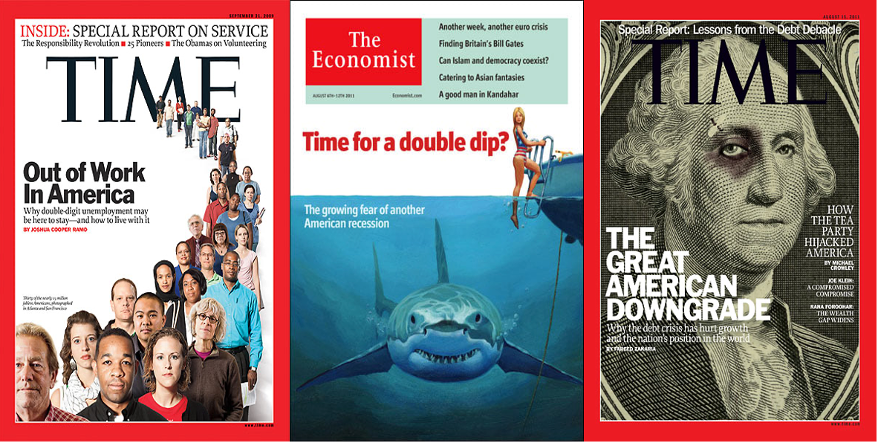
Source: Time, The Economist
Mohamed El-Erian, PIMCO’s CEO at the time, argued that the downgrade would erode America’s standing as the best place for other countries to invest their hard-earned savings. “Treasuries are the most overvalued asset in the world, bar none,” superstar bond fund manager and PIMCO co-founder Bill Gross proclaimed. He slashed his fund’s Treasuries holdings to zero.
Meanwhile, the regulatory tide was not expected to ebb anytime soon. During the first three years of the Obama administration, a total of 106 new major federal regulations added more than $46 billion per year in costs for Americans. This is almost four times the number—and more than five times the cost—of the major regulations issued by George W. Bush during his first three years.
Hundreds more regulations were winding through the rulemaking pipeline as a consequence of the vast Dodd–Frank financial-regulation law (the Wall Street Reform and Consumer Protection Act), Obamacare, and the Environmental Protection Agency’s global warming crusade, threatening to further weaken job creation and an already anemic economy.
The outperformance of US equity markets, so apparent today, grew out of a bleak structural backdrop for America. Even the tech bull run wasn’t so obvious.
Facebook went public in May 2012 and the stock fell 30 percent in three months. The world’s largest technology IPO had flopped. Barron’s questioned whether the business was worth even a third of its $40 billion market cap at its lowest point. Facebook issued an amended prospectus days before the IPO cautioning that the shift of its users to mobile platforms could have a negative impact on revenue growth.
“The shift to the app model is unequivocally bad for Facebook,” suggested Paul Sagawa of SSR Research. “Users open a mobile app for a reason and close it as soon as they are finished. Why use Facebook to play a game, read an article, manage your photos, stream music, or shop?”
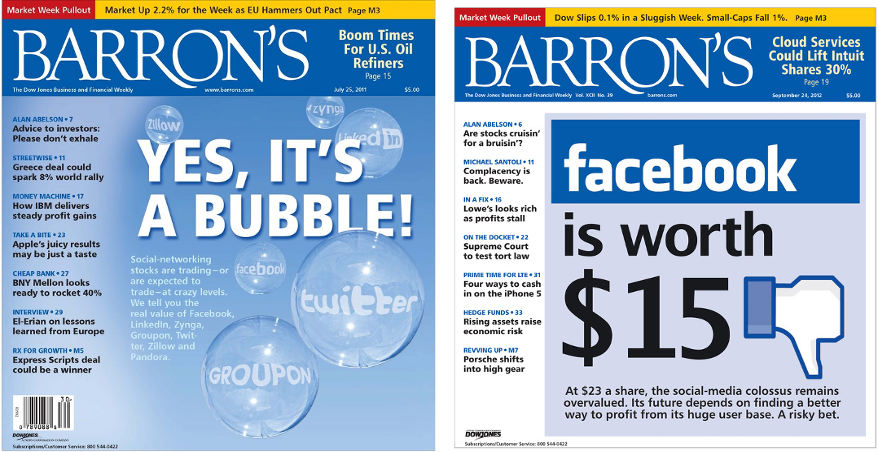
Source: Barron's
In 2013, the S&P 500 was trading at the same level as it was in 2000. Ben Inker, co-head of asset allocation at GMO, warned against investing in the US. “We have a market that is trading at an increasingly high P/E at a time when profit margins are already as good as we have ever seen,” he said. “The likelihood of strong profit growth from here is pretty dim.”
Little could anyone have guessed that US earnings would outstrip those of emerging markets by sixteen-fold, helping to drive 372 percent returns between 2011 and 2021 versus 45 percent for emerging markets. The market cap of the Magnificent Seven grew from $1.2 trillion in 2013 to $11.7 trillion at the peak in 2021.
Why do we bring all this up now? To remind you that America’s bull run wasn’t discernible. Why would anyone want to invest in a country with an unstable financial system, weakening political institutions, damaged central bank credibility, increasing taxes and regulations, and excessive household leverage?
A decade ago, emerging economies were booming. That was the obvious trade. Like the US bull market, however, it also started on shaky foundations.
Why would anybody bother to invest in emerging markets after the Asian financial crisis in 1997, the Russian debt crisis in 1998, Brazil’s financial crisis in 1999, and Argentina’s 2001 default? Who wanted the added stress of geopolitics and currency fluctuations when all the innovation was taking place in the US?
“The entire emerging markets category is leprous,” remarked Ed Rosenbaum, head of research at Zipper at the time. “People are saying, `Why do I have to go to Burkina Faso to lose money? I can do that at home and feel like less of a fool.’” Investors shunned emerging markets as an asset class.
“‘The days of a retail investor saying, ‘I really want to buy a fund that will give me exposure to Turkey are over,’” said Adrian Faure, while head of Merrill Lynch’s global emerging markets research group. “Very difficult” is how Philip Ehrmann, then with Gartmore Investment Management, described the job of selling emerging markets after a trip to the US. “It’s pretty dark out there.”
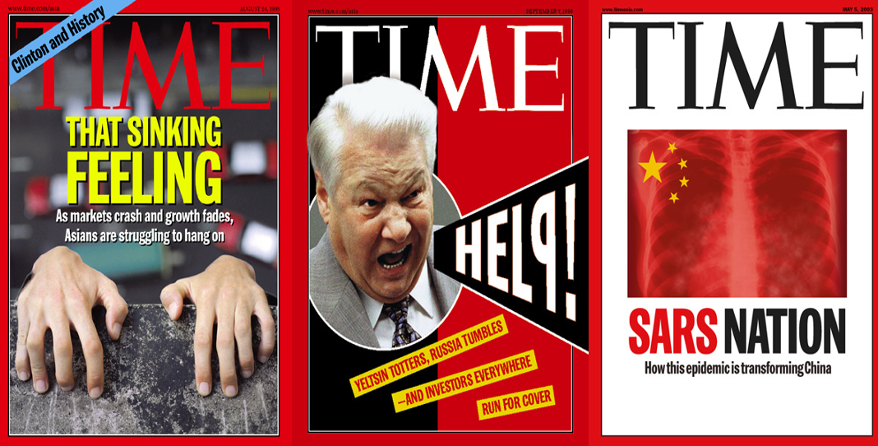
Source: Time
What’s this, though? From 2002 to 2012, EM equities rose 280 percent, outperforming the S&P 500 nearly six times. The obscure became obvious.
“China is now fundamentally very attractive,” said Jim O’Neill, the man who coined the term BRICs, when he was still with Goldman Sachs. EM exchange-traded products attracted a record $27.1 billion in the fourth quarter of 2012. Investors had convinced themselves that EM deserved a higher multiple and allocation because of their superior growth prospects. That was the cue to leave.
Why is this relevant? Because like EM in the 2000s and the US in 2010s, it is in vogue to be pessimistic about China today. No country is more disdained by global investors.
“I would be very, very careful investing in China,” advised Mark Mobius, the customarily bullish veteran emerging markets investor. He described China as “moving in a completely different direction than what Deng Xiaoping instituted.” JPMorgan CEO Jamie Dimon joked that his bank will outlast China’s Communist Party.
The condition is “systemic,” argued Adam Posen, president of the Peterson Institute for International Economics. “The only reliable cure—credibly assuring ordinary Chinese people and companies that there are limits on the government’s intrusion into economic life—cannot be delivered.”
As Beijing sought to promote “common prosperity” and curb the “disorderly expansion of capital,” the common refrain is that China has become “uninvestable.” Vanguard, the world’s second-largest asset manager, shut its main Shanghai office. Foreign investors sold $12 billion worth of Chinese stocks in August, the biggest sell-off since offshore trading in Shanghai- and Shenzhen-listed shares began in late 2014.
The size of China’s economy rocketed from 10 percent of America’s in 2000 to 78 percent in 2021—an economic ascent unparalleled in world history. Now that the property boom has turned to bust, however, leaving a legacy of high debt, there are comparisons between China’s faltering economy and Japan at the beginning of its lost decade.
Domestic share prices are lower than they were in 2007 and earnings per share are unchanged from 2011, even though China’s GDP has doubled since then.
Goldman Sachs, which predicted that China’s nominal GDP would surpass America’s by the mid-2020s, has pushed back its estimate by another decade. The US is “riding high” and “peak China” is approaching, according to The Economist. President Biden dubbed China’s economy a “ticking time bomb.”
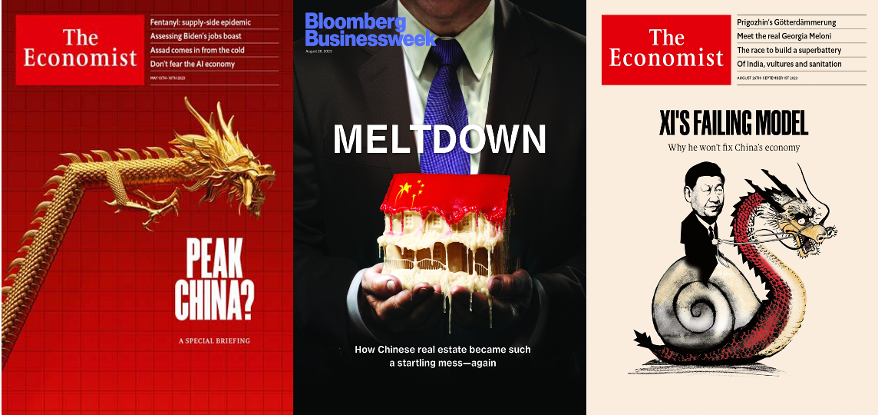
Source: The Economist, Bloomberg
Why would you invest in a country that has a shrinking working age population, a leader for life, harsh regulatory crackdowns, disappearing billionaires, a slow-motion property crash, a hefty burden of national debt, cash-rich consumers who refuse to spend, unprecedented sanctions, and a constant threat of military confrontation?
Obviously, you wouldn’t. But perhaps you should consider it. As Sherlock Holmes put it: “There is nothing more deceptive than an obvious fact.”


